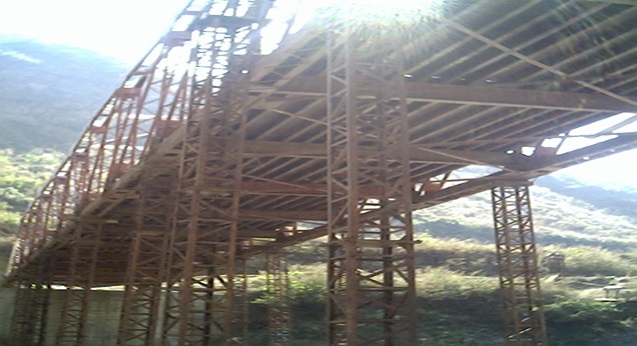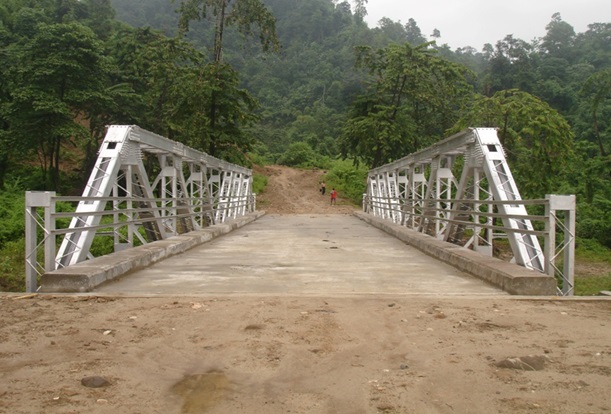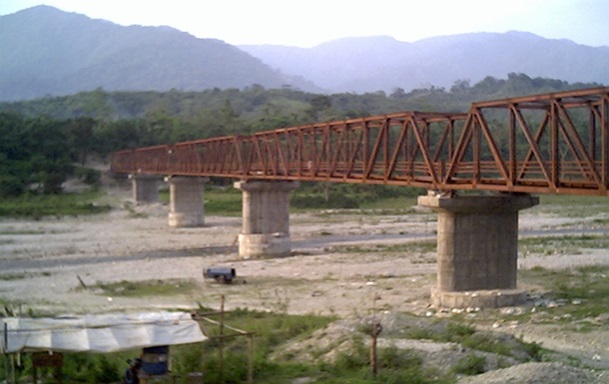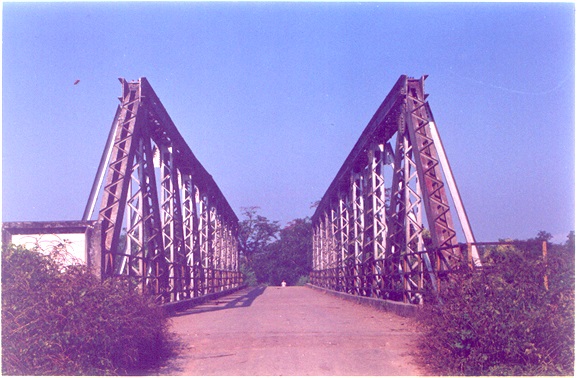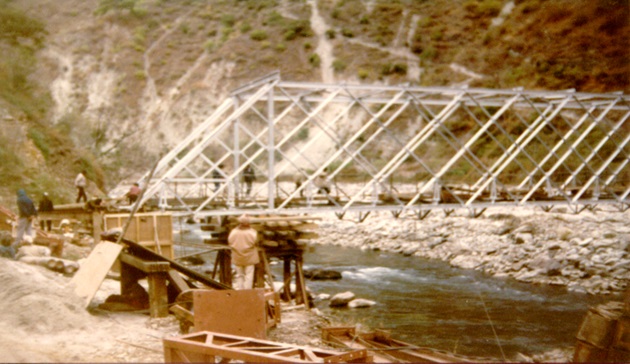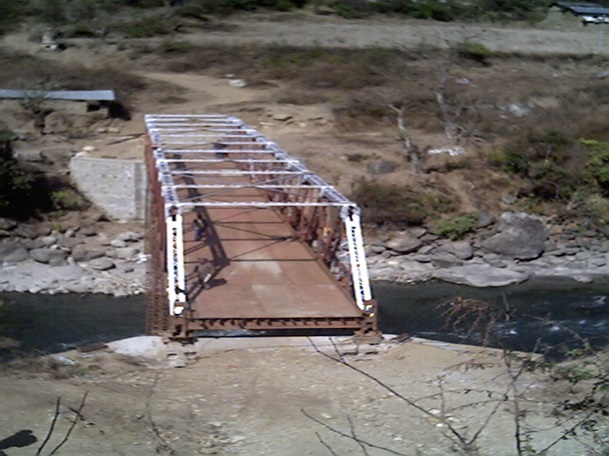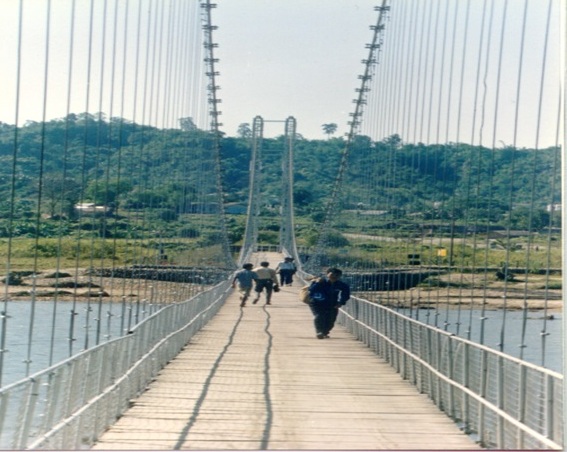Steel bridges are widely used around the world in different structural forms with different span length, such as highway bridges, railway bridges, and footbridges. The main advantages of structural steel over other construction materials are its strength, ductility, easy fabrication, and rapid construction. It has a much higher strength in both tension and compression than concrete, and relatively good strength to cost ratio and stiffness to weight ratio. Steel is a versatile and effective material that provides efficient and sustainable solutions for bridge construction, particularly for long span bridges or bridges requiring enhanced seismic performance
Steel Bridges
“They could carry heavier loads over longer spans with minimum dead weight, leading to smaller foundations.”
“Steel has the advantage where speed of construction is vital, as many elements can be prefabricated and erected at site.”
“The life of steel bridges is longer than that of concrete bridges.”
“In urban environment with traffic congestion and limited working space, steel bridges can be constructed with minimum disruption to the community.”
“Greater efficiency than concrete structures is invariably achieved in resisting seismic forces and blast loading.”
“Due to shallow construction depth, steel bridges offer slender appearance, which make them aesthetically attractive. The reduced depth also contributes to the reduced cost of embankments.”
“All these frequently leads to low life cycle costs in steel bridges In India there are many engineers who feel that corrosion is a problem in steel bridges, but in reality, it is not so. Corrosion in steel bridges can be effectively minimized by employing newly developed paints and special types of steel. These techniques are followed in Europe and other developed countries.”
